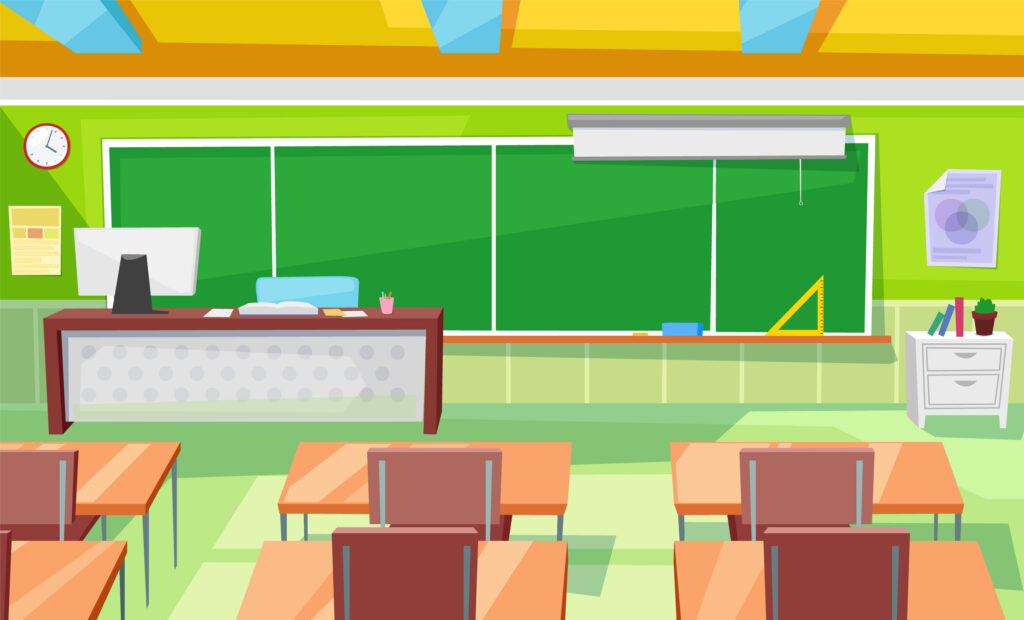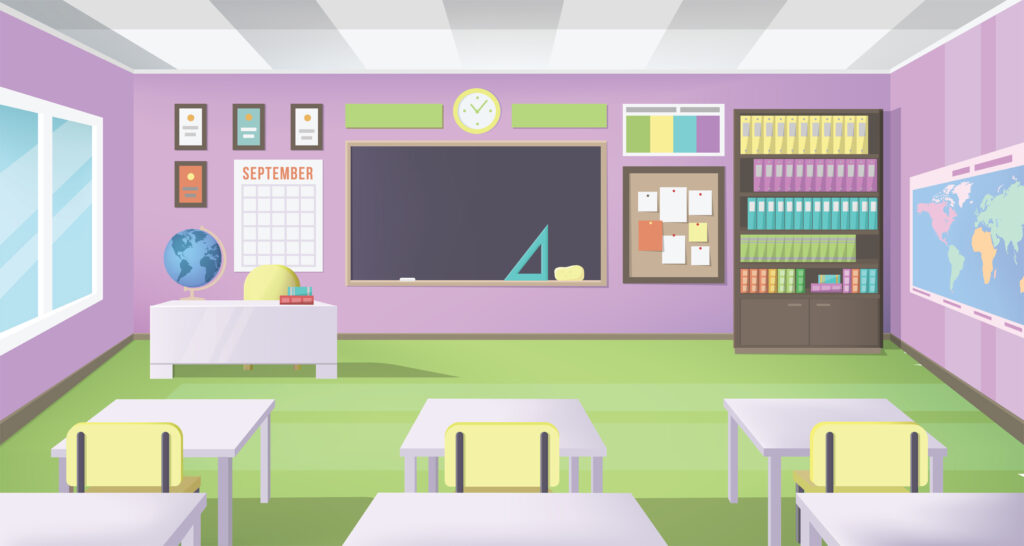
In the vibrant, ever-evolving world of education, high school teachers stand as pivotal catalysts of change. They are entrusted with the extraordinary responsibility of nurturing young minds teetering on the cusp of adulthood, guiding them through a crucial period of intellectual, emotional, and social growth. From these classrooms spring forth the next generation of leaders, innovators, creatives, and critical thinkers, each carrying the indelible imprint of their high school education.
However, for many educators, taking the helm of a high school classroom for the first time can be an experience filled with a whirlwind of emotions—excitement, anticipation, and perhaps, a touch of trepidation. It’s akin to embarking on an exhilarating journey, a journey that promises a wealth of learning, self-discovery, and profound connections.
This comprehensive guide is designed to arm these brave educational explorers with a compendium of practical wisdom and actionable strategies, honed from years of collective teaching experience. This guide acknowledges the increasingly diverse landscapes of today’s classrooms and the burgeoning world of online education. It offers a wealth of advice tailored to meet these varied contexts, from fostering inclusivity in a culturally diverse classroom to mastering the art of online instruction.
So, whether you’re standing on the threshold of your very first classroom, peering into the sea of expectant faces, or preparing to log into your inaugural virtual lesson, this guide is your companion. It’s a roadmap to help navigate the joys and challenges that lie ahead, a beacon to illuminate the path towards becoming a truly inspirational high school teacher. Buckle up and get ready, because this journey is about to begin!

- Building Rapport and Creating an Inclusive Classroom Environment
Every student is unique, carrying a world of experiences, cultures, learning styles, and needs into the classroom. New teachers must aim to foster an environment of mutual respect and inclusivity. This process starts by getting to know each student individually. One might utilize icebreaker activities, student interest surveys, or informal one-on-one chats. Remember, showing interest in a student’s life outside of the classroom can go a long way in establishing rapport. Teachers should also incorporate diverse perspectives into their lesson plans, showcasing a variety of voices and experiences in the subject matter.
- Effective Communication Strategies
Whether in-person or online, clear and empathetic communication is key. Teachers should establish classroom norms and expectations early on and be consistent in enforcing them. This provides a structured environment in which students can thrive. Similarly, it’s important to communicate openly about grading policies, assignment expectations, and available resources. In an online setting, this might mean sending weekly emails outlining upcoming assignments, or using a digital platform where students can easily access materials and grades.
- Engaging Lesson Plans
Learning should be an engaging and interactive process. Teachers should strive to create lesson plans that cater to different learning styles. This could include a mix of lectures, group discussions, hands-on projects, and digital learning tools. For online classes, interactive quizzes, digital breakout rooms, and multimedia presentations can keep students engaged. Remember, real-world examples and connections can help make abstract concepts more tangible and relevant.
- Student-Centered Learning
The teacher’s role is not just to deliver information, but to guide students in their own learning journey. This approach, known as student-centered learning, encourages students to take responsibility for their learning and fosters critical thinking skills. Teachers can facilitate this by encouraging students to ask questions, engage in peer-to-peer learning, and explore topics that interest them. In an online setting, discussion forums, collaborative projects, and independent research assignments can promote student-centered learning.
- Embracing Technology
Today’s digital natives are comfortable with technology. Teachers can leverage this by integrating technology into their teaching practices. Digital tools can offer innovative ways to present material, assess learning, and facilitate collaboration. However, it’s essential to provide equal access to technology and support for all students. Teachers should familiarize themselves with various digital platforms and be ready to troubleshoot common tech issues that may arise, especially in an online setting.
- Self-Care and Professional Development
Lastly, new teachers must remember to care for themselves. Teaching can be a rewarding yet demanding profession. Regular self-care practices, such as maintaining a healthy work-life balance, practicing mindfulness, and seeking support when needed, can help teachers stay resilient. Furthermore, continuous professional development is crucial. Attend workshops, collaborate with colleagues, seek feedback, and stay updated on educational trends and research. The best teachers are lifelong learners.

The initial year of teaching often presents a steep learning curve, brimming with moments of victory and hurdles to overcome. However, armed with patience, empathy, and an open mind, new teachers are well-equipped to craft a positive and transformative learning environment for their high school students. Embarking on this journey is not just a process of discovery for the students, but a path of self-growth and understanding for the teachers as well. Each day in the classroom, whether it’s the four walls of a school or the virtual space of an online platform, unravels new perspectives, opportunities, and avenues for learning. As they step into their roles, teachers need to remember that they’re not just imparting knowledge of a specific subject, but are molding young lives and shaping the leaders of tomorrow. This mission demands resilience, flexibility, and a profound passion for education. Furthermore, it’s important to remember that even the most experienced teachers were once beginners too, and it’s okay to ask for help and learn from others. After all, education is a collective effort, and each day brings a chance to learn something new, not only for the students, but for the teachers as well.




